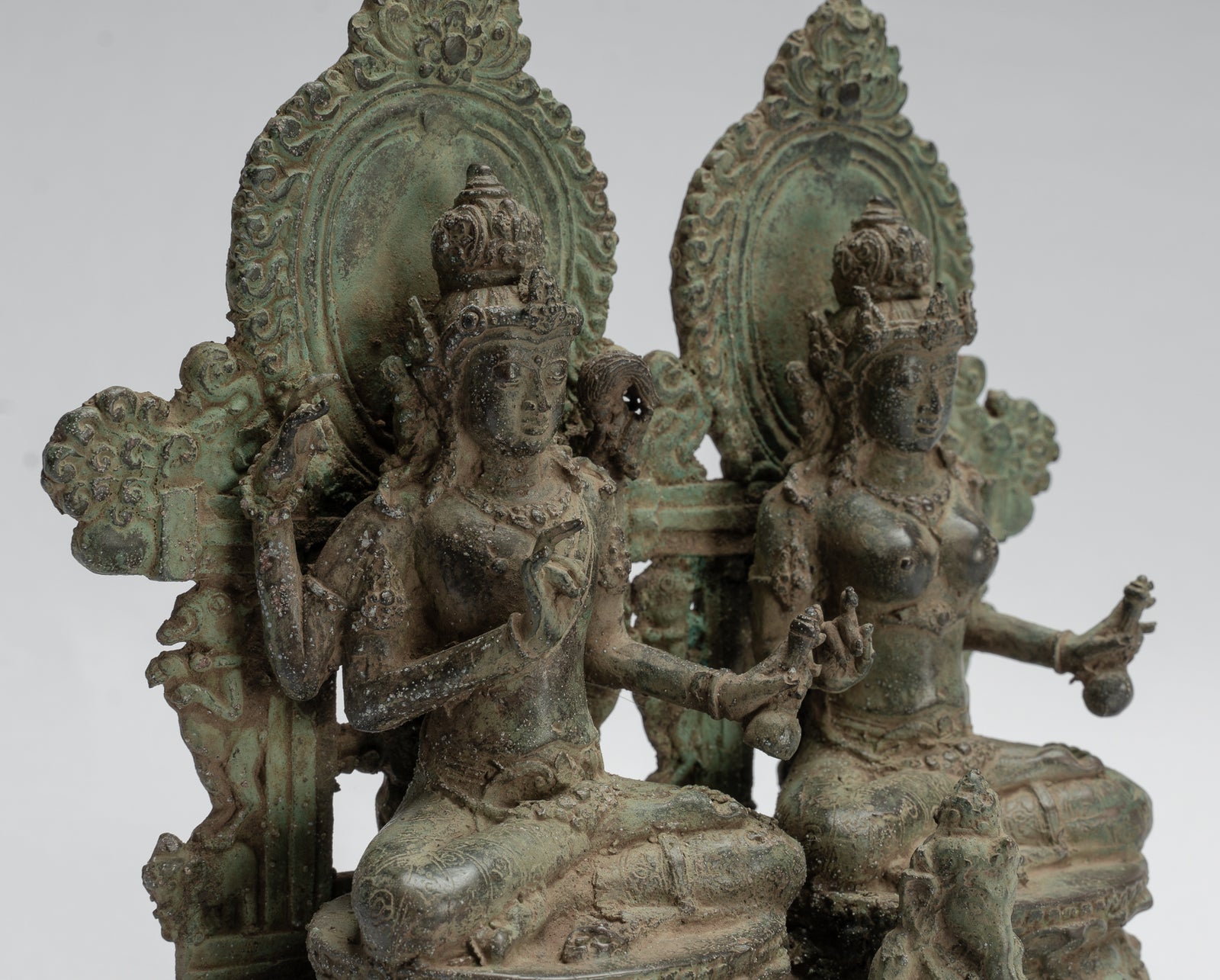
What Does Shiva Symbolize?
By Amy Underdown, London, UK
Often considered as one of the most important and prolific gods of Hinduism, Shiva symbolised and is symbolised in many ways. His main role within the triumvirate of Hindu gods is the Destroyer, and yet with the power of creation also tucked up one of his multiple sleeves, it is no wonder that he takes different forms and patronises many different aspects of Hindu life.
His affinity to many contradictions seems like a good place to start. Shiva represents both good and evil, perhaps best demonstrated through his own personality. He is known for being devoted to meditation and often leading a life completely devoid of earthly pleasures. However, Shiva is often known for sometimes practicing extreme hedonism. His patronisation of thieves, beggars, villains is testament to this darker side of his personality.
The contradictory nature of his character is reflected in the different ways that Shiva can be symbolised in statues and other art forms. One of his most recognisable depictions is in his human form, shown with blue or purple skin, reputedly caused by his drinking of poison in order to rescue the world from perishing. He has several other recognisable features, starting with his powerful third eye, which represents both his fury and wisdom. He is also often seen with a trident (to reflect the power of the triumvirate) and cobra necklace (to show his power over the dangers of the world.) Some also say that the snake’s affiliation with Shiva is due to the shedding of its skin, which imitates the way the world becomes a new creation with each new age. Other common depictions of Shiva see him with vibhuti, which are white lines across the forehead.
Some representations show Shiva as an androgynous being, split cleanly down the middle into himself and an incarnation of his wife Parvati, representing the unity of opposites. There is also a strong difference in idols of Shiva between his dancing and meditating form. The dancing statue is representative of a high energy, in contrast with the meditating Shiva who naturally is composed of softer, yet still remarkably strong, energies.
And yet, this god of contradictions has other ways in which he is popularly presented, no less alongside other popular deities. The Harihara or Shankaranarayana statues combine Shiva and Vishnu into a single body. This bringing together of two powerful gods represents a coming together of two strong schools of thought, showing unity through art and recognising the indisputable authority of both gods. Not only this, but the Harihara or Shankaranarayana are emblematic of the stronger focus on the second and third gods in the Trimurti, as opposed to Brahma. Whilst each of the three gods are crucial to the balance of the universe in its various ages, the tendency towards Shiva and Vishnu reflects the popular nature of these gods in modern Hinduism.




















